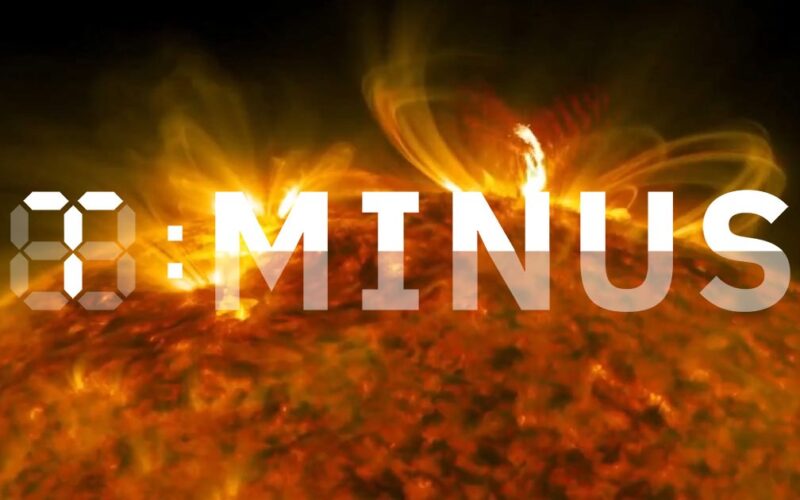This is T-Minus, where we breakdown the biggest developments in space, from new rocket launches to discoveries that advance our understanding of the universe and our place in it. Humanity is reaching new heights in space exploration. Make sure you’re part of the journey by subscribing here.
The night of September 1, 1859, spooky stuff started happening all across the world.
Compasses stopped working, causing ships to become lost at sea. Telegraph equipment began shocking operators and, in some cases, spontaneously catching fire. Stranger still, some telegraph lines continued to work even after they were disconnected from their power supplies.
Meanwhile, the night sky glowed with colorful lights so bright, birds thought it was morning and could be heard singing soon after midnight.
The cause for all this weirdness? The sun.
A giant explosion on the sun, known as a “solar flare,” had occurred the morning prior. This sent electromagnetic radiation hurtling toward Earth, and when it reached the planet, it disrupted the magnetosphere, a magnetic field that shields us from much of the sun’s energy. This caused the colorful auroras seen in the night sky and all the issues with compasses and telegraphs.
We don’t rely on telegraphs for communication any more, but solar flares and other intense activity on the sun could still be hugely disruptive to life on Earth today, causing electrical outages, interfering with communications satellites, and affecting airplanes’ navigation equipment.
It could be an even bigger problem for life off Earth. Astronauts are already exposed to elevated levels of radiation in space, and solar storms — periods of increased solar activity — can expose them to even more.
NASA has tools to help it predict these events, and it designs its crewed spacecraft to include areas of extra radiation shielding so that astronauts can shelter in them if a solar storm is raging outside — it advised ISS astronauts to stick to those areas during the intense solar storm that caused the colorful auroras seen in many parts of the world in early May.
NASA might already know a lot about protecting astronauts when they’re near Earth, but it’s trying to establish a sustained presence on the moon, which is only inside the magnetosphere for a few days a month. It also wants to put boots on Mars, which has no magnetosphere at all.
Right now, NASA doesn’t really know how intense solar storms might affect these astronauts and their sensitive (and potentially indispensable) tech, but it has already launched several missions focused on figuring it out — and a few more are on the horizon.
A weekly newsletter where we count down the biggest developments in space. Humanity is reaching new heights in space exploration. Subscribe to T-Minus to make sure you’re part of the journey.
MAVEN
The Mars Atmosphere and Volatile EvolutioN (MAVEN) orbiter has been circling the Red Planet since 2014, collecting data on radiation levels and solar particles in its upper atmosphere.
Every 11 years, the sun enters a period of increased activity, known as the “solar maximum.” We’re entering one of those periods right now, and NASA scientists expect the data that MAVEN collects in 2024 to help inform their future crewed missions to Mars.
“Studying how intense solar flares can get during solar maximum can help NASA develop protection for future astronauts, robots, and spacecraft,” said Shannon Curry, principal investigator for MAVEN.
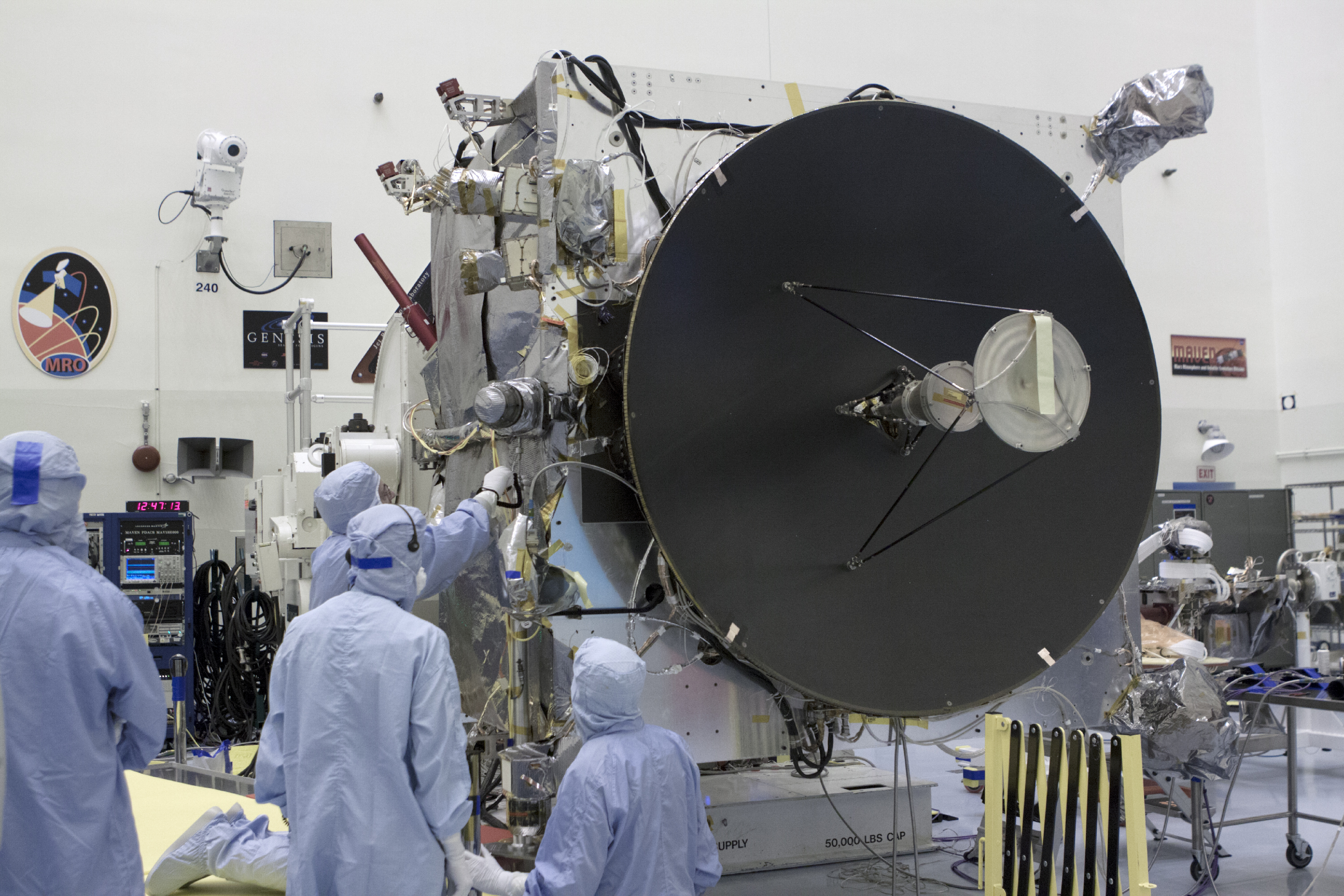
Researchers assembling MAVEN prior to its launch
RAD
While MAVEN measures solar radiation from high in Mars’ atmosphere, another instrument — the Radiation Assessment Detector (RAD) — is capturing the same data from the Red Planet’s surface.
RAD is attached to NASA’s Curiosity rover, which has been roaming the planet since 2012, and it helps NASA scientists get a better idea of the number and types of radiation particles astronauts are likely to be exposed to during a solar storm on Mars.
“You can have a million particles with low energy or 10 particles with extremely high energy,” said Don Hassler, principal investigator for RAD. “While MAVEN’s instruments are more sensitive to lower-energy ones, RAD is the only instrument capable of seeing the high-energy ones that make it through the atmosphere to the surface, where astronauts would be.”
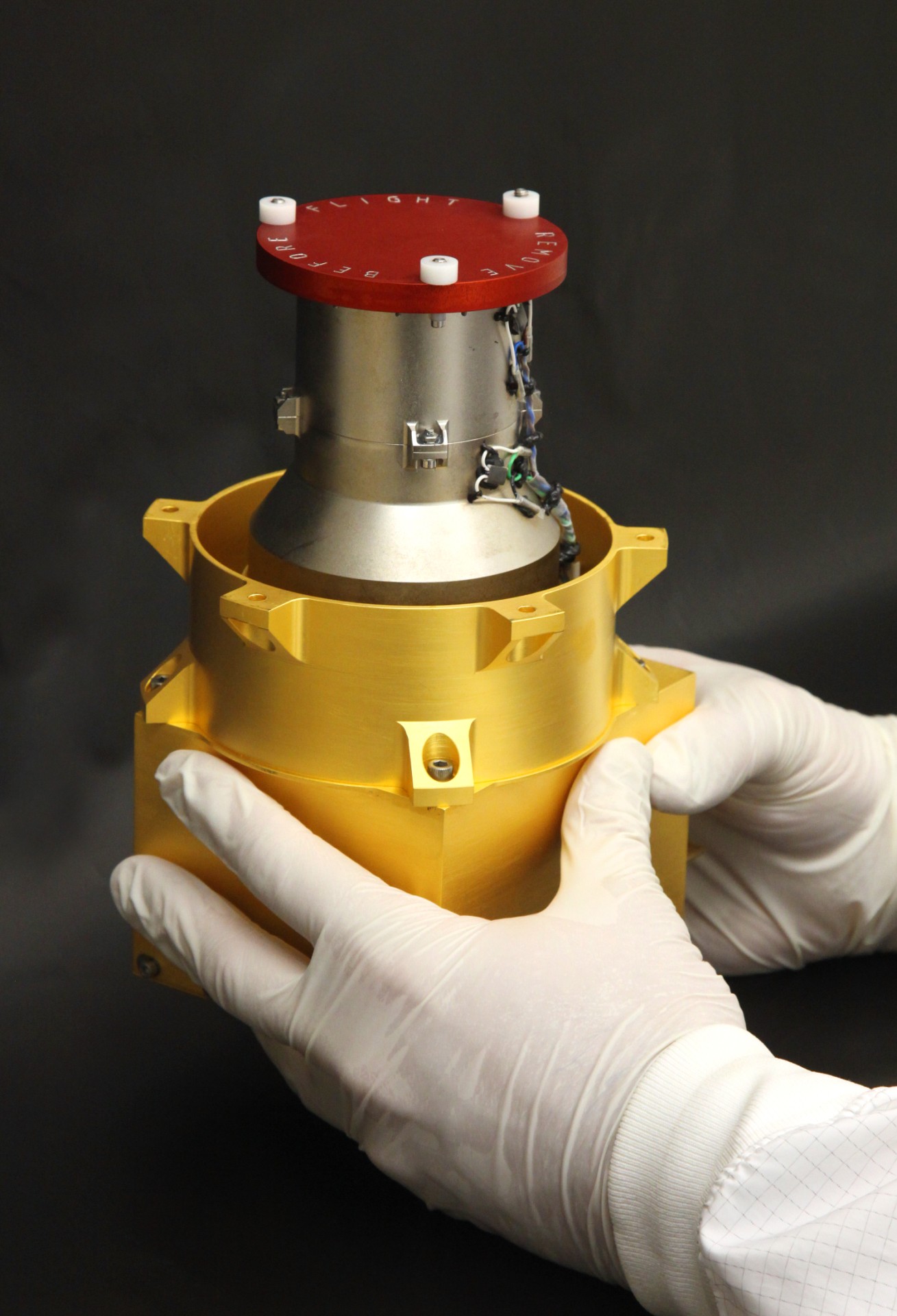
A scientist holding the RAD instrument
HERMES
In 2025, NASA expects to begin building Gateway, a new space station in the moon’s orbit. The purpose of Gateway is to support crewed missions to the lunar surface and, eventually, Mars, and NASA plans to equip the station with three instruments to help it study space weather.
The Heliophysics Environmental and Radiation Measurement Experiment Suite (HERMES) will be attached to the outside of Gateway, where it will measure the magnetic fields around the space station and a variety of particles linked to solar storms.
“HERMES is the first space weather monitoring platform on a crewed spacecraft to venture outside Earth’s protective magnetic field,” said Jim Spann, HERMES program scientist. “What we learn from HERMES will be critical to protecting astronauts as we venture forth with the Artemis mission.”
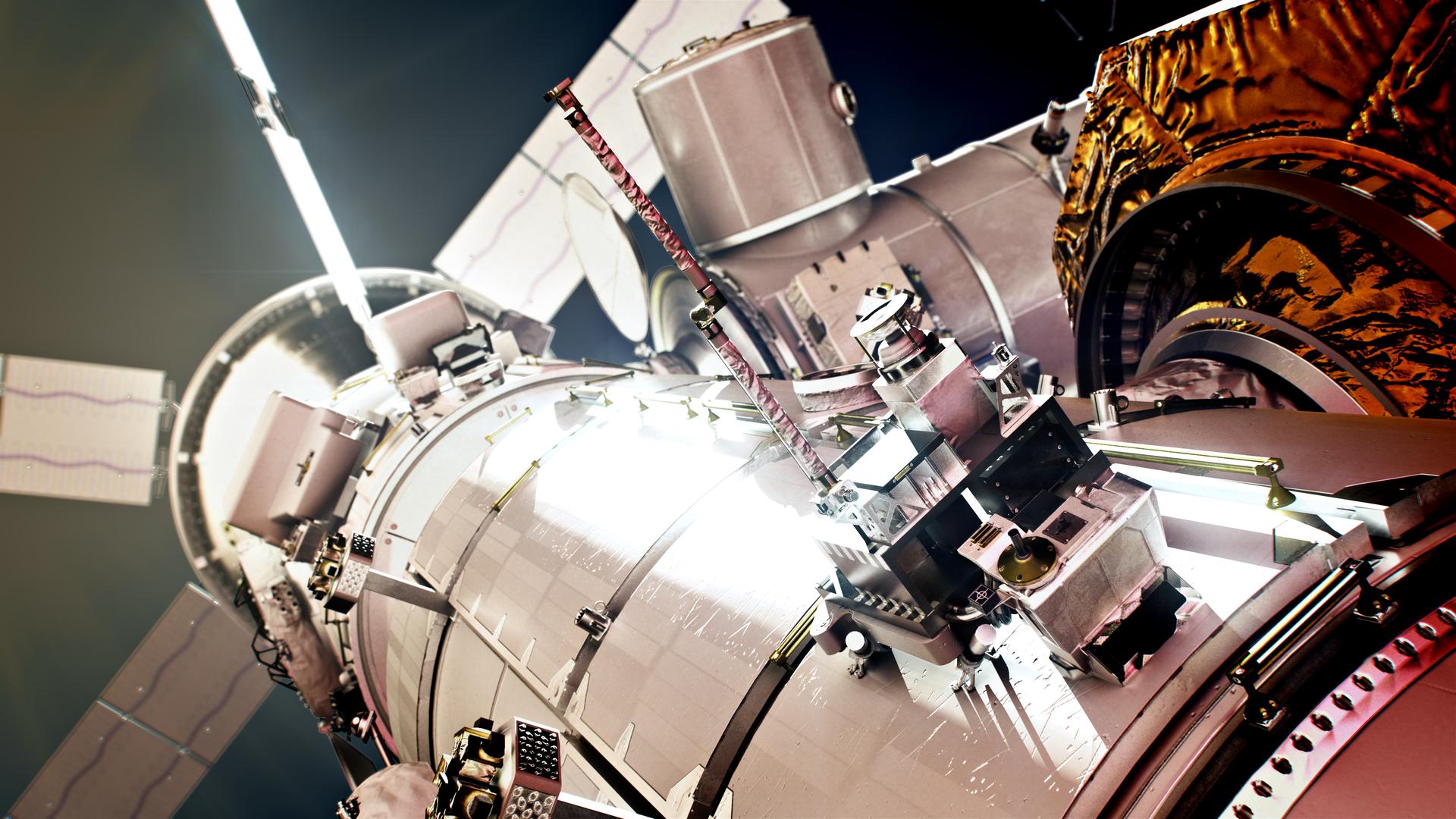
An illustration showing HERMES attached to the outside of Gateway
ERSA
The European Radiation Sensors Array (ERSA) is another in-development Gateway instrument. It’s being built by the European Space Agency, and like HERMES, it will be mounted on the outside of the space station.
ERSA’s purpose will be to measure solar radiation and galactic cosmic rays, which are a type of radiation that originates from outside our solar system. Data from it is expected to help NASA protect both astronauts and their tech.
“Beyond its role in studying crew health, ERSA’s ionizing radiation instrument is essential for safeguarding electronics in space, as ionizing radiation can induce voltage spikes that may cause short-circuits and potential damage,” writes NASA.
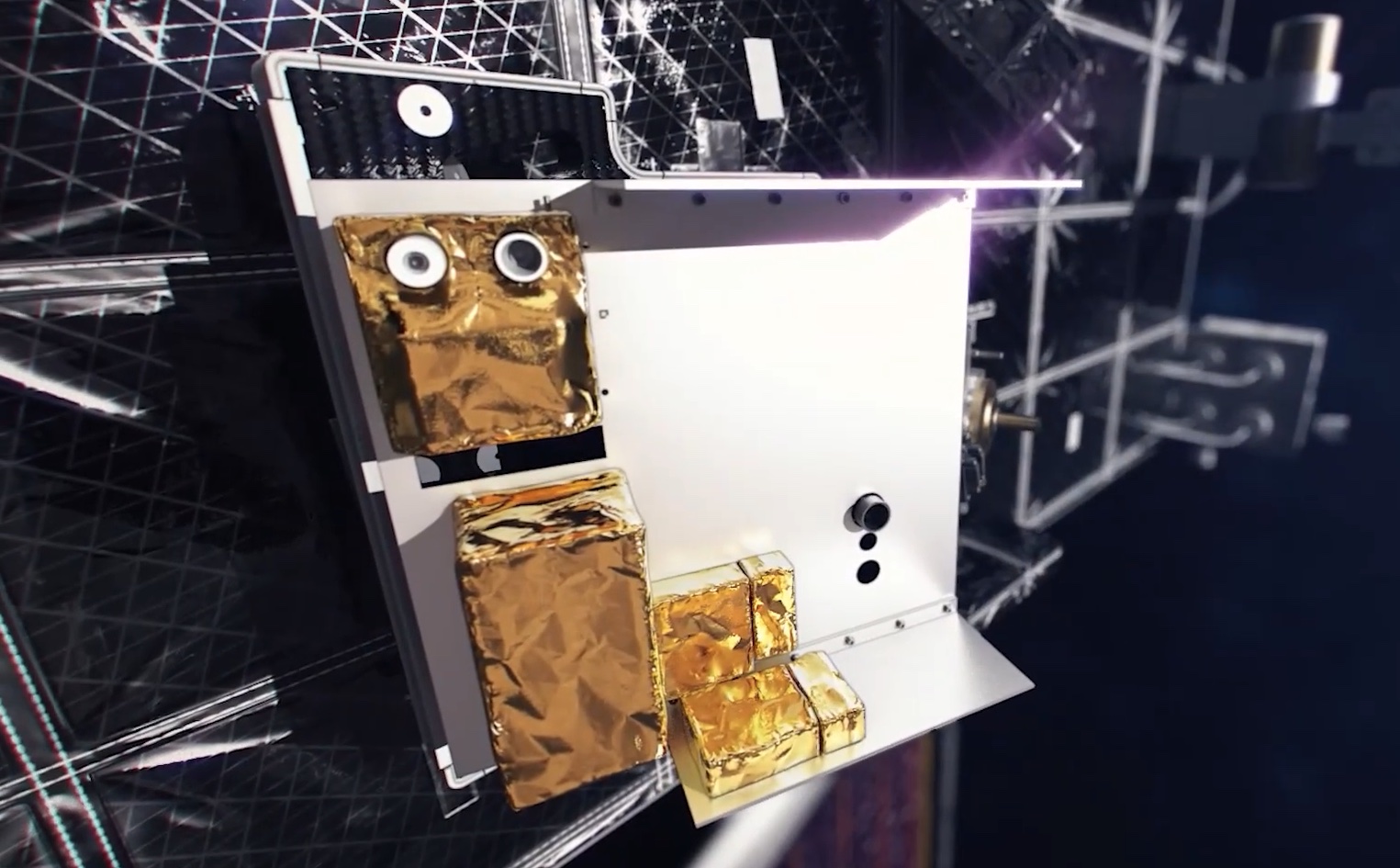
An illustration showing ERSA attached to the outside of Gateway
IDA
The Internal Dosimeter Array (IDA) — a collaboration between ESA and the Japan Aerospace Exploration Agency (JAXA) — will round out the trio of Gateway instruments focused on space weather, and unlike the other two, it will be nestled inside the space station.
By comparing radiation measurements from IDA to those taken by ERSA, NASA hopes to gain a better understanding of how well Gateway’s shielding equipment is protecting astronauts from intense solar storms.
“Understanding the effects of the radiation environment is not only critical for awareness of the environment where astronauts will live in the vicinity of the moon, but it will also provide important data that can be used as NASA prepares for even greater endeavors, like sending the first humans to Mars,” said Dina Contella, manager for Gateway Mission Integration and Utilization.
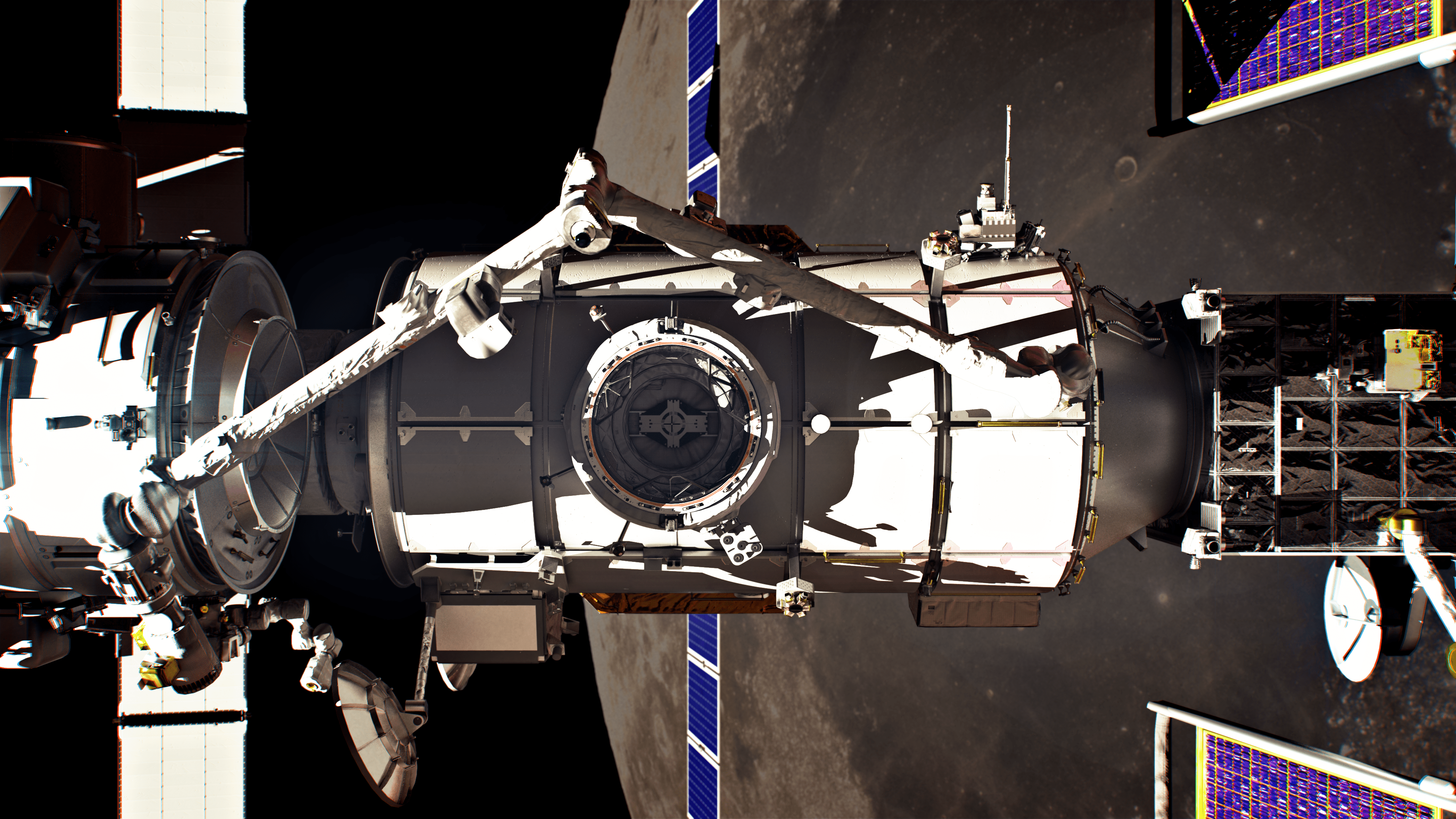
IDA will be located inside Gateway’s Habitation and Logistics Outpost (HALO), shown here
We’d love to hear from you! If you have a comment about this article or if you have a tip for a future Freethink story, please email us at [email protected].
Source link
lol

